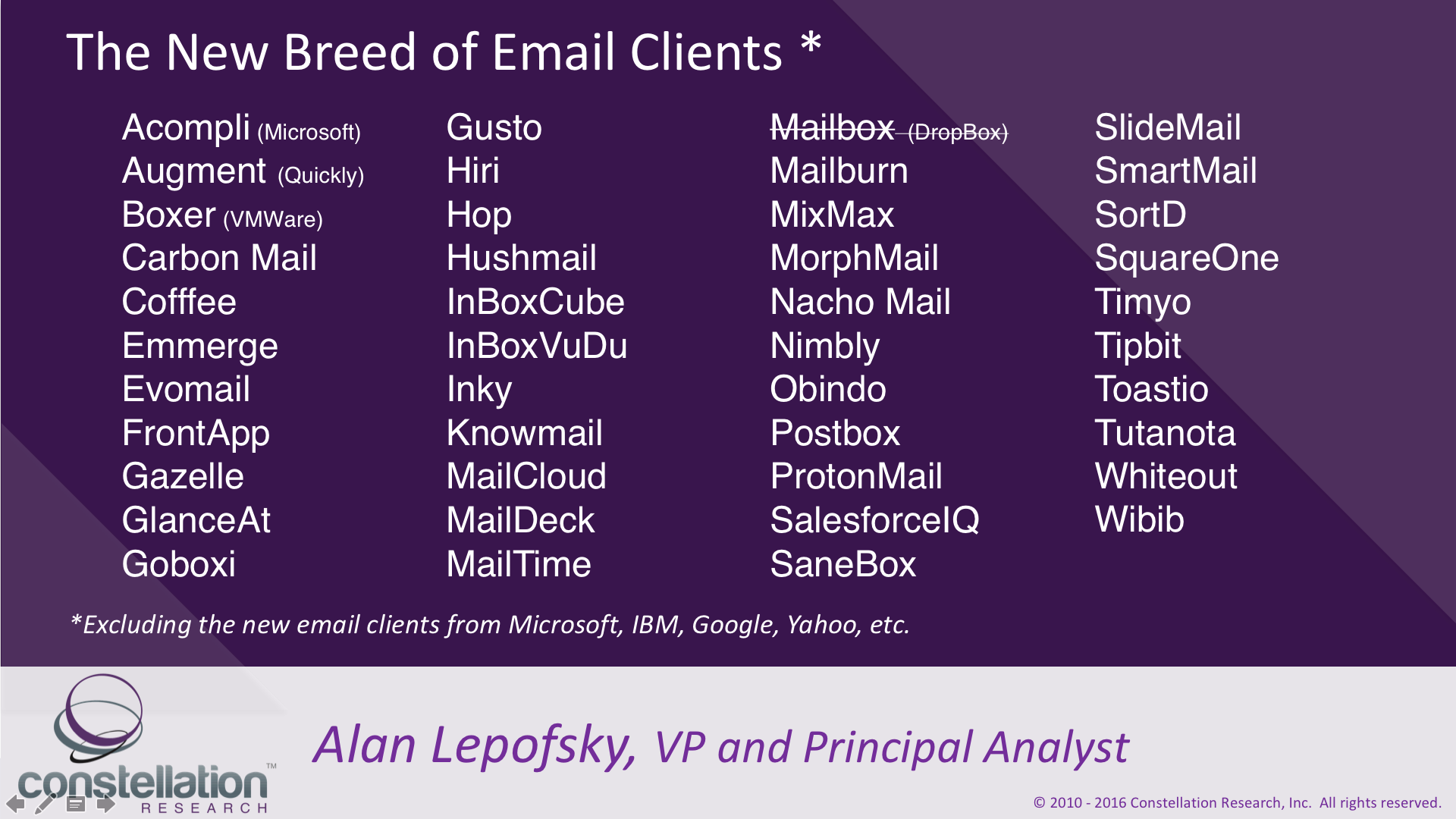
The tech world has lost a seminal figure with the death at 74 of Ray Tomlinson, who is credited with inventing e-mail. Tomlinson described the creation on his personal webpage, which remains up and running:
During the summer and autumn of 1971, I was part of a small group of programmers who were developing a time-sharing system called TENEX that ran on Digital PDP-10 computers. We were supporting a larger group working on natural language. Earlier, I had worked on the Network Control Protocol (NCP) for TENEX and network programs such as an experimental file transfer program called CPYNET.
I was making improvements to the local inter-user mail program called SNDMSG. Single-computer electronic mail had existed since at least the early 1960's and SNDMSG was an example of that. SNDMSG allowed a user to compose, address, and send a message to other users' mailboxes.
The first message was sent between two machines that were literally side by side. The only physical connection they had (aside from the floor they sat on) was through the ARPANET. I sent a number of test messages to myself from one machine to the other. The test messages were entirely forgettable and I have, therefore, forgotten them. Most likely the first message was QWERTYUIOPor something similar.
Tomlinson's sense of humor is evident throughout the webpage, through quips such as this:
What were the early uses of email?
The early uses were not terribly different from the current uses: The exceptions are that there was only plain text in the messages and there was no SPAM.
Email, 45 Years Later
To say Tomlinson's invention was significant is a severe understatement, given that billions of emails continue to be sent daily. The e-mail industry also remains active and robust, with new clients popping up by the dozens year after year. Don't believe that? Just check out the slide below from Constellation Research VP and principal analyst Alan Lepofsky.

"You've got dozens of vendors trying to talk about being the replacement for e-mail," Lepofsky says. "The reality is, none of them are replacing e-mail. They are providing better ways to collaborate with internal teams. They are rarely the way to connect to people outside of your company and they have yet to achieve identity status. You still tell people your e-mail address and maybe your Twitter ID."
The big three e-mail vendors—IBM, Microsoft and Google—are heavily investing in improving their e-mail clients. "None of their customers are asking them to go away," Lepofsky says. E-mail is instead "becoming a more integrated part of the way we work," moving deeper into other types of applications, such as CRM, he adds.
"That said, it would be naive to say e-mail doesn't have challenges," Lepofksy notes. "We are now striving to add intelligence to e-mail, where the old facets of date, time, subject or sender are no longer the most relevant ways to sort it," he says. "What if you could sort your inbox based on sales opportunity status, or mood? 'I only want to see happy e-mails.' There are a million new things that should be happening to e-mail, and they are. We are in an evolution for e-mail, not a replacement for email."
Meanwhile, newer social messaging and collaboration tools are grappling with problems e-mail has long ago addressed. "Folders, flagging, prioritizing, follow-up—all of these things, e-mail has them, and these others do not," Lepofsky says. "For all its warts, it works. Everything we complain about in e-mail becomes what we'll complain about in social tools. We're more informed now thanks to social. But there is no possible way to argue we are not overloaded."
Reprints
Reprints can be purchased through Constellation Research, Inc. To request official reprints in PDF format, please contact Sales.

